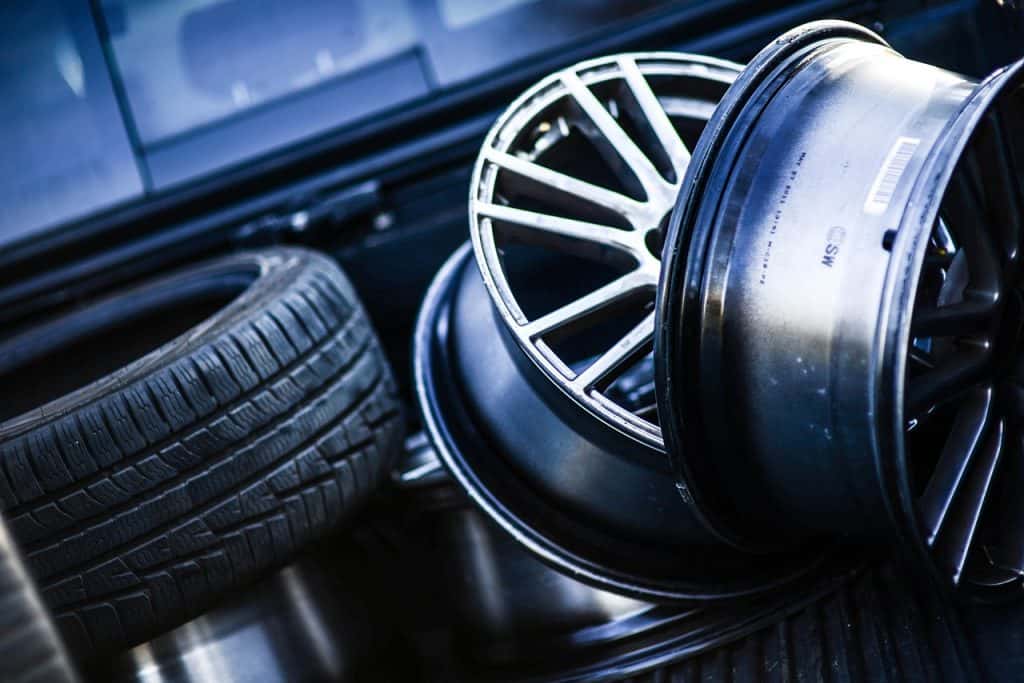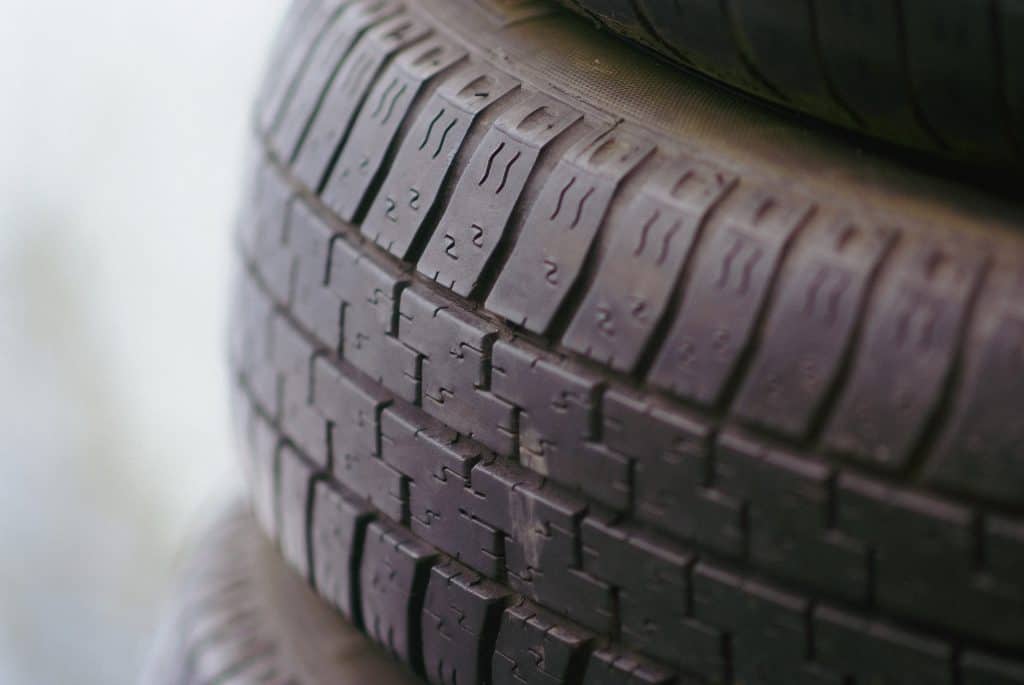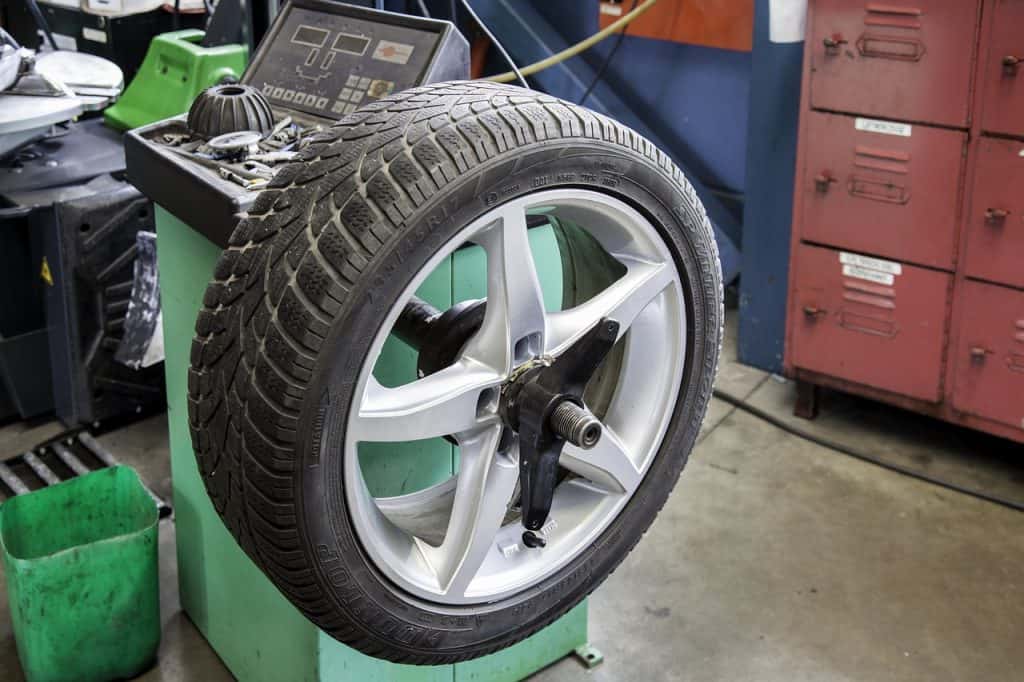The useful properties of rubber have been known for centuries. People of South America used it to make balls for entertainment and even as a rudimentary shoe.
It was discovered and brought to Europe in the Eighteen Century and was christened ‘rubber’ for its ability to rub out pencil marks. We still do that today.
The decision to use rubber to make tyres is basically because of the invention of the vulcanisation process by Charles Goodyear which made natural rubber harder and more durable.
In reality, it is difficult to imagine any other material, fabric or compound that could do the job as well. Rubber was abundantly available, and tyre makers found it worked, so there was no reason to look any further.
Today, of course, tyres are made by a more technical process with synthetic materials included but rubber is still a vital component. So just exactly how are tyres made?
Tyre manufacturing step-by-step process
In those early days, tyres were made primarily from basic rubber which, owing to friction with the road, quickly became soft and sticky, picking up road debris and subsequently bursting. Vulcanisation helped solve that and the development of those early versions has culminated in how to make tyres today:
Blend
The process starts by the heated blending together different types of rubber, including synthetics and other compounds, rather like making a giant smoothie in a blender. The result is a viscous mix that then moves on to the next stage.
Mill
In the meantime, other elements of the construction are prepared, like the steel wire beads and fabric cores that give the tyre rigidity and strength.
Build

Tyres are constructed from the inside, and outwards. Machine manufacture combines various components: Rubber, steel wire cores and also rubber-coated textile layers called plies, culminating in the final layer, which will become the tread.
Depending upon the intended use, the number of plies varies. Essentially, the more ply layers there are, the tougher and stiffer the tyre will be.
The construction is complex. For example, the bead – that is to say the part of the sidewall that ‘grips’ the wheel rim when inflated – has three elements.
A steel wire forms the core of the bead which is reinforced by a textile polyamide material and synthetic rubber.
Usually, the side wall is made of natural rubber while the tread is a mix of natural and synthetic rubber, the latter being made by a chemical process.
Once the compound has cooled it is cut into strips which are the beginnings of the tyre-building process.
The inner layer of the tyre body is a synthetic rubber and as the plies are added they will be cores of high-tensile steel, nylon coated in rubber and also textiles belts. It’s a far cry from those pioneer days of motoring but the speed and agility of modern vehicles have meant that the art of tyre making has had to keep pace.
When all that’s done, the final result is known as a ‘green’ tyre. It is assembled but not yet ready for use. There’s more to be done:
- Cure
- This is the stage where the ‘green tyre becomes vulcanised. Individual moulds are used, varying with the type and finished size of the tyre. Like a jelly mould, the tyre mould is engraved with the tread pattern of grooves and sipes. The whole is heated under pressure and the final result is a new tyre, ready to roll.
- Inspect
- The final product then undergoes a safety inspection. Clearly, this is required because of the demanding job a tyre has to do. The new tyres are physically inspected and x-rayed to ensure uniformity of construction. Only then can they be released onto the market and onto your car.
What materials are tyres made of?

The modern car tyre has multiple components derived from rubber plantations, the steel and textile industries and the chemical industry and each different material does a different job.
As indicated above, synthetic rubber is entirely man-made but, as it always has done, natural rubber is supplied from plantations.
Why are tyres made out of rubber?
Most inventions are a result of a chance discovery and one thing leads to another. The use of rubber in our car tyres is thanks to the natural properties of the material itself.
It is strong and weather resistant. The inherently ‘tacky’ nature of rubber makes it ideal for load-bearing and for providing grip and adhesion; so important in variable road conditions. It Is also ‘visco-elastic’ in that it can be stretched and yet return to its original shape.
How is rubber made?
There are two answers to this question. The synthetic version is a result of the laboratory. Basically, it is petroleum based.
Mixed in a chemical compound it forms a type of latex which has all the qualities of natural rubber and, indeed, in some cases improves upon it.
Natural rubber is, obviously, the gift of nature. A latex sap is drawn from rubber trees, which, because in nature rubber could be a finite source, are these days grown in plantations, planted for the purpose.
That said, the question is often asked, ‘Will we run out of rubber, which is a fair point. Conceivably yes: In the same way that oil is seen as a finite resource, heralding the development of alternative fuels, it is possible for the world to run out of rubber.
This is unlikely though thanks to the development of synthetics which means that, properly managed, natural rubber plantations should be with us for a long time yet.
Different parts of a tyre

As described previously, car tyres are built up in layers, each with a job to do as follows, from the outside in:
- The Tread
The part that keeps us on the road. It envelops the casing and the grooves and sipes syphon away rainwater and provides grip in all conditions.
- The Cap Ply
This is a single strong cord, usually of nylon encased in rubber, which ensures flexibility and thus comfort and aids steering.
- The Steel Belt Plies
These provide rigidity and help retain the tyre shape, reducing rolling resistance.
- The Casing
This is the inner part of the tyre that contains the air and retains air pressure. A textile layer helps control pressure and retain shape while the final inner layer is of butyl rubber that seals the inner chamber in much the same way that an inner tube of old would do.
- The Side Walls
These aid rigidity and contain the steel cores and beads that help the tyre keep its shape under load, forming the seal with the wheel rim. Also embossed here is the tyre size and rating for easy identification when replacements are needed.
Summary – How are tyres made
Rubber tyres are a rather underestimated part of a car’s components yet they are one of the most important safety features, working in tandem with the brakes.
Tyre professionals are often horrified at how worn a tire is allowed to get by some drivers, to the point when the textile layers are starting to show through, which is not only illegal but dangerous.
It does however demonstrate just how tough modern car tyres are thanks to the latest technology and a high standard of build quality. This is not an area for financial skimping.
It’s simple to check tyre roadworthiness by examining a tyre for even wear and an adequate tread depth. There are plenty of online resources about how to do it.
Take no chances, if in any doubt head to your nearest tire service to discuss the right tyres for the right purpose.
These days, changing a tubeless tyre is the work of a professional tyre fitting service as it is necessary to ensure the tyre bead remains undamaged during fitment. Always put tyre safety first.
